When it comes to fitness and health, understanding the most important muscles in the body can transform the way you approach your workouts. Whether you're striving for strength, longevity, or overall wellness, focusing on key muscle groups ensures you build a solid, functional foundation.
What Is the Most Important Muscle in the Body?
Many people might first think of biceps or abs, but the true answer is the heart. As a muscle, the heart works relentlessly to pump blood throughout the body, delivering oxygen and nutrients essential for survival. Cardiovascular exercise—running, cycling, swimming—not only strengthens the heart but also supports endurance, energy, and long-term health.
However, outside of the heart, when people ask "what is the most important muscle in your body" in the context of fitness training, the conversation often shifts toward muscles that influence posture, stability, and functional movement.
The Most Important Muscle Groups to Train
Focusing your workouts on the most important muscle groups is key to balanced strength and injury prevention. Here are the major players:
1. Core Muscles
The core isn't just about getting a six-pack. It includes the rectus abdominis, obliques, transverse abdominis, and the muscles surrounding your spine like the multifidus and erector spinae. These muscles stabilize your entire body during almost every movement—from lifting weights to simply standing upright. Strengthening your core improves posture, balance, and reduces the risk of back pain.
2. Glutes
Your glutes (gluteus maximus, medius, and minimus) are among the most powerful and most used muscles in daily activities. They support hip stability, walking, running, lifting, and climbing. Weak glutes can lead to a chain reaction of problems, including knee pain, lower back issues, and poor athletic performance.
3. Hamstrings and Quadriceps
The muscles on the front (quadriceps) and back (hamstrings) of your thighs are vital for mobility. They power you through squats, lunges, jumps, and even basic movements like getting up from a chair. Strong legs aren't just for athletes—they're crucial for everyone.
4. Back Muscles
The lats, traps, and rhomboids form the engine of your upper body. They support posture, shoulder stability, and help you lift and carry heavy objects safely. A strong back reduces the risk of injury and counteracts the effects of long periods spent sitting.
5. Shoulders
The deltoid muscles are small compared to the glutes or quads, but they are the most important body part to workout if you want to avoid injuries during pushing and pulling movements. Healthy, strong shoulders enhance your ability to perform daily tasks and prevent instability and pain.
Most Important Muscles to Workout: Why It Matters
Focusing only on “mirror muscles” like biceps or chest might look good short-term, but a smart approach builds strength from the inside out. By prioritizing the most important muscles to train—core, glutes, back, legs, and shoulders—you improve functional fitness, reduce injury risks, and boost overall performance.
Training these groups regularly ensures you move efficiently, maintain a healthy metabolism, and keep your body resilient as you age. This balanced approach is also critical if you're involved in sports, lifting heavy objects, or simply living an active life.
Conclusion: Building a Stronger, Healthier Body
When thinking about what are the most important muscles, remember: it's about more than just looks. Training the most important muscles in your body supports everything from heart health to injury prevention. So, whether you're designing a new workout routine or just starting your fitness journey, focus on these foundational muscle groups first—and watch everything else fall into place.




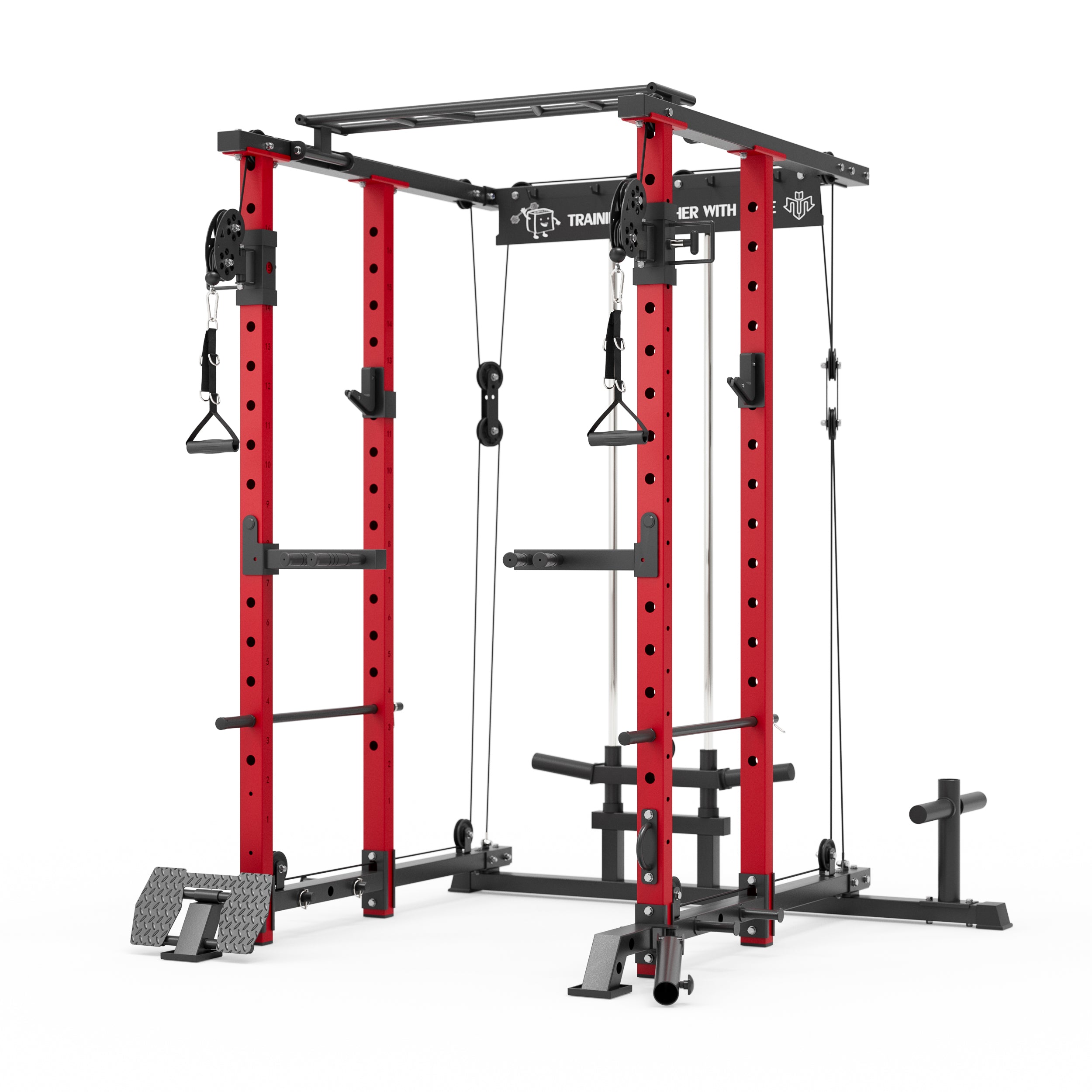


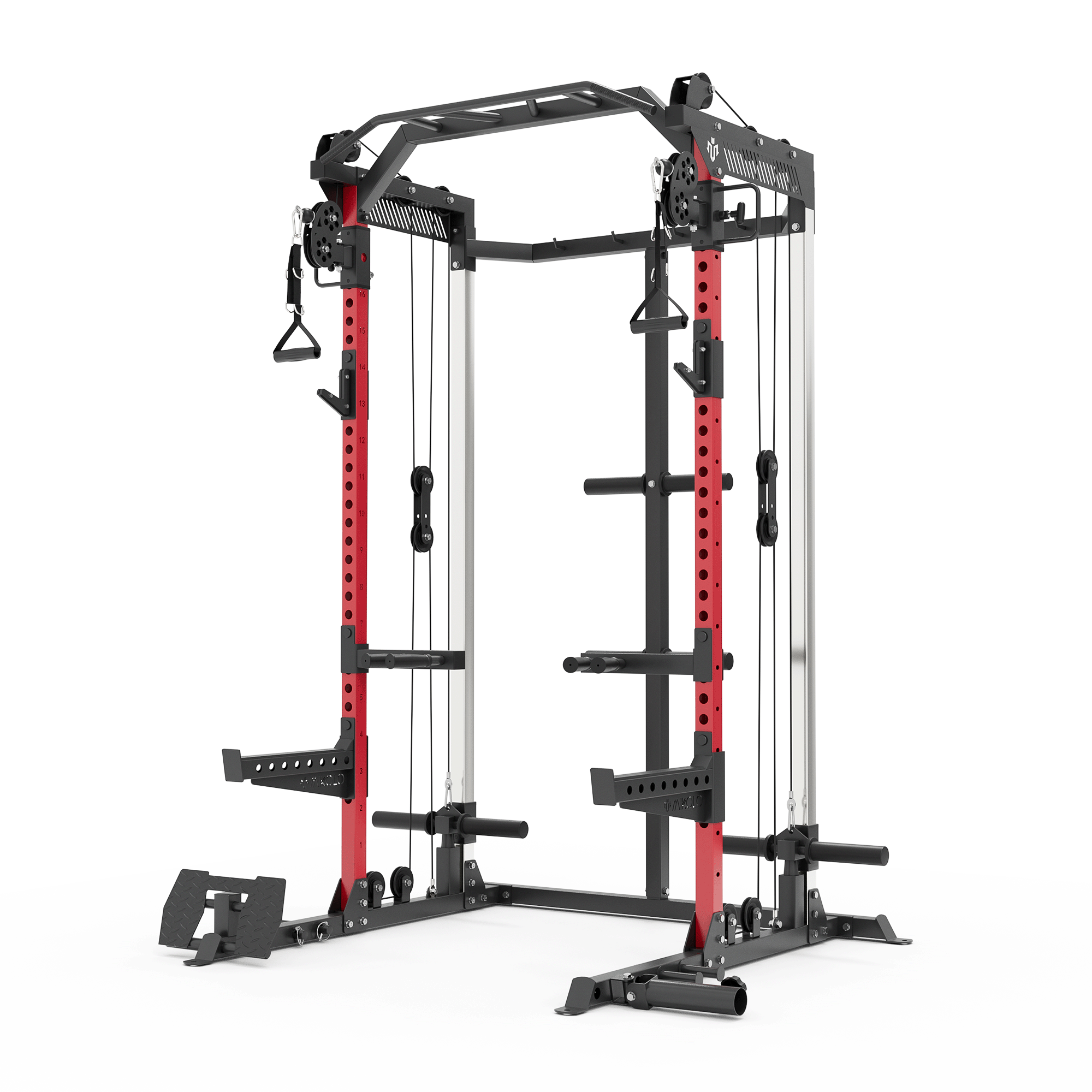




















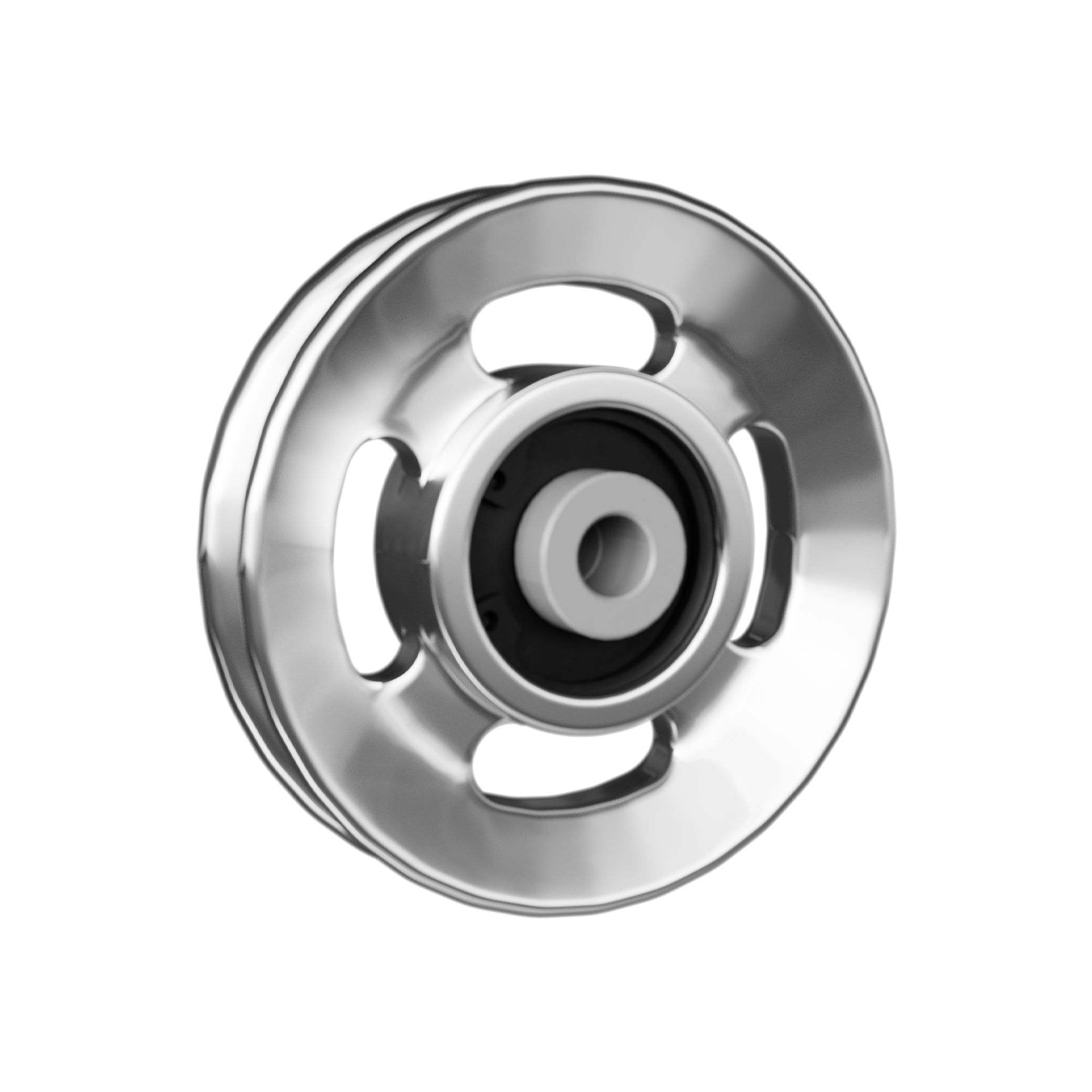



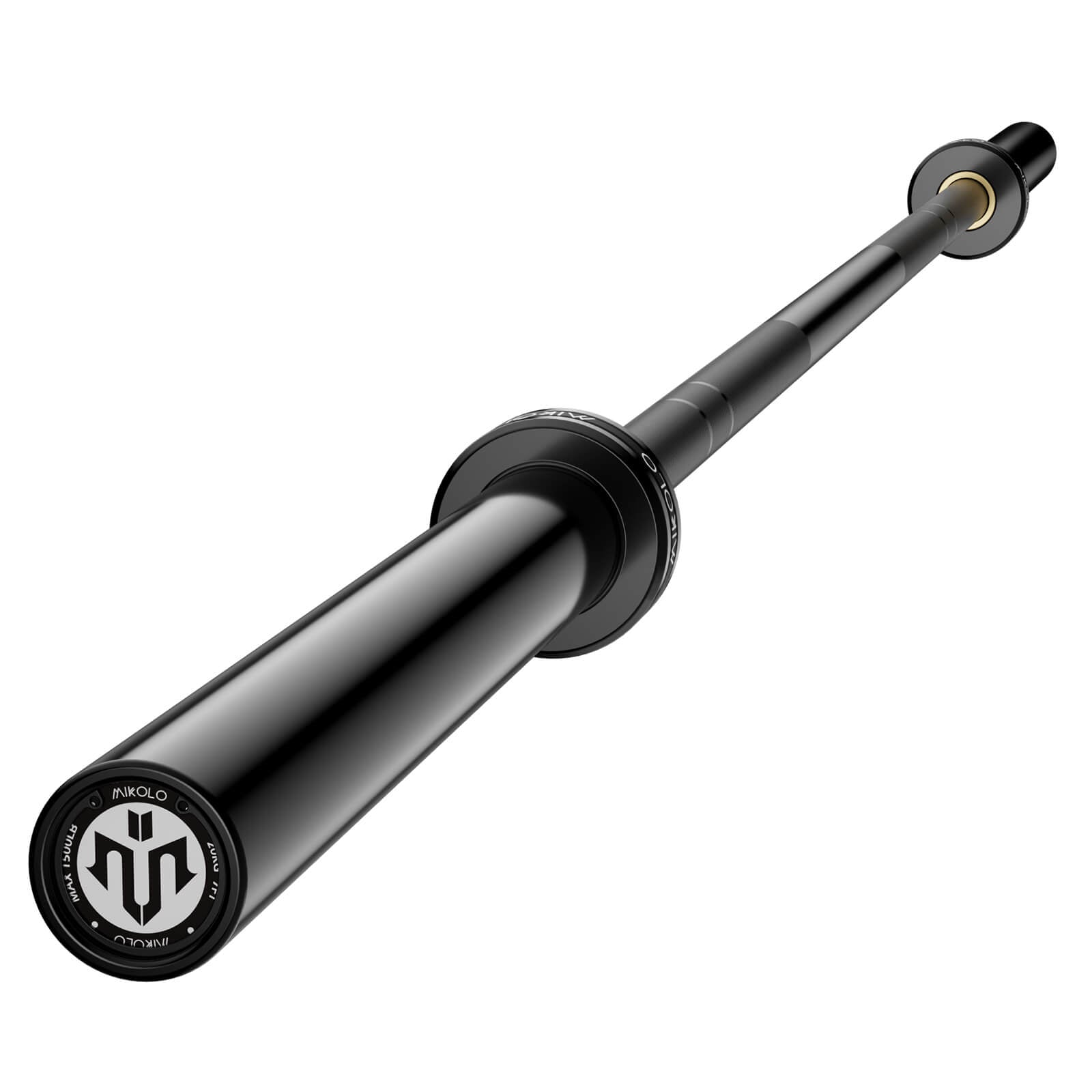




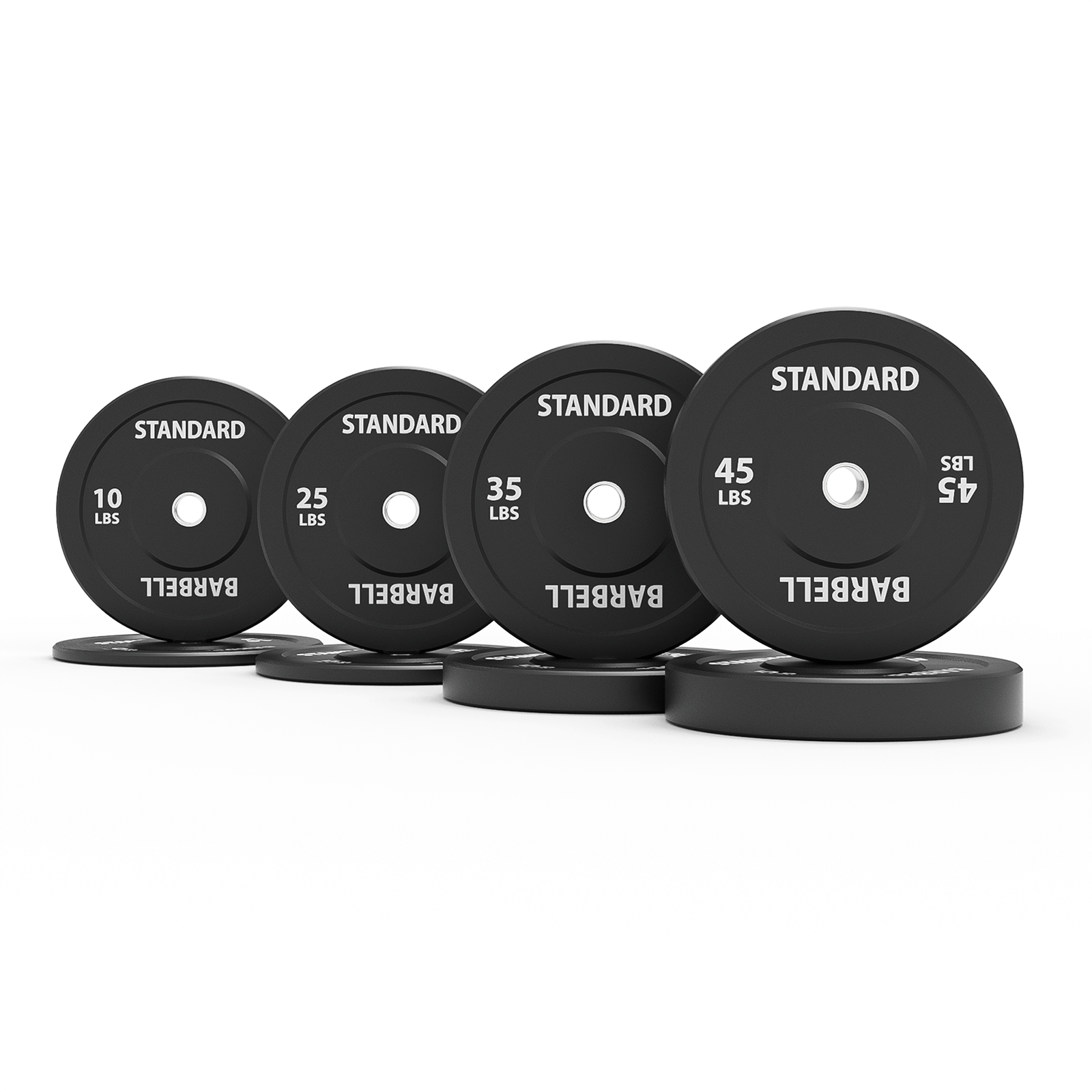




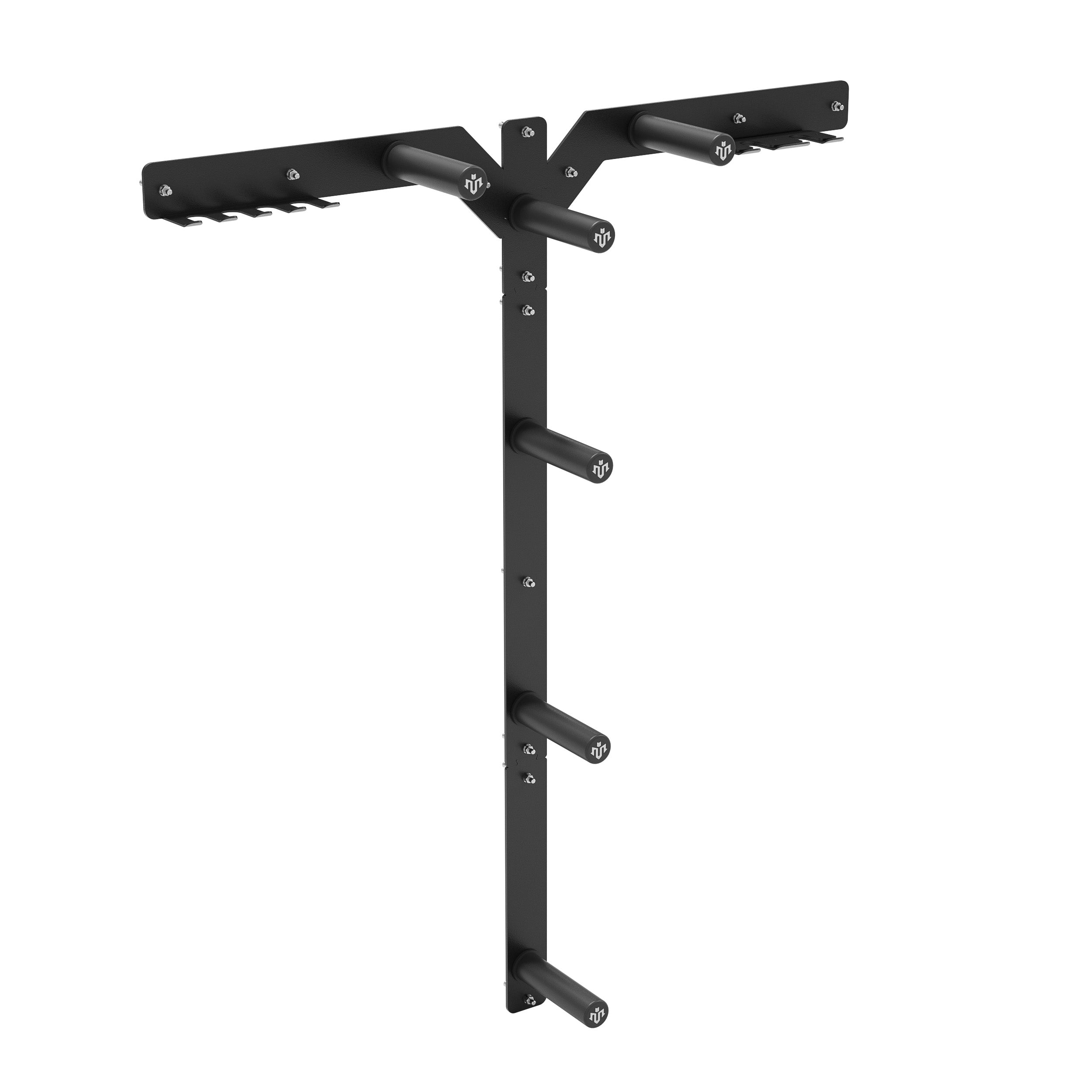




Leave a comment
This site is protected by hCaptcha and the hCaptcha Privacy Policy and Terms of Service apply.